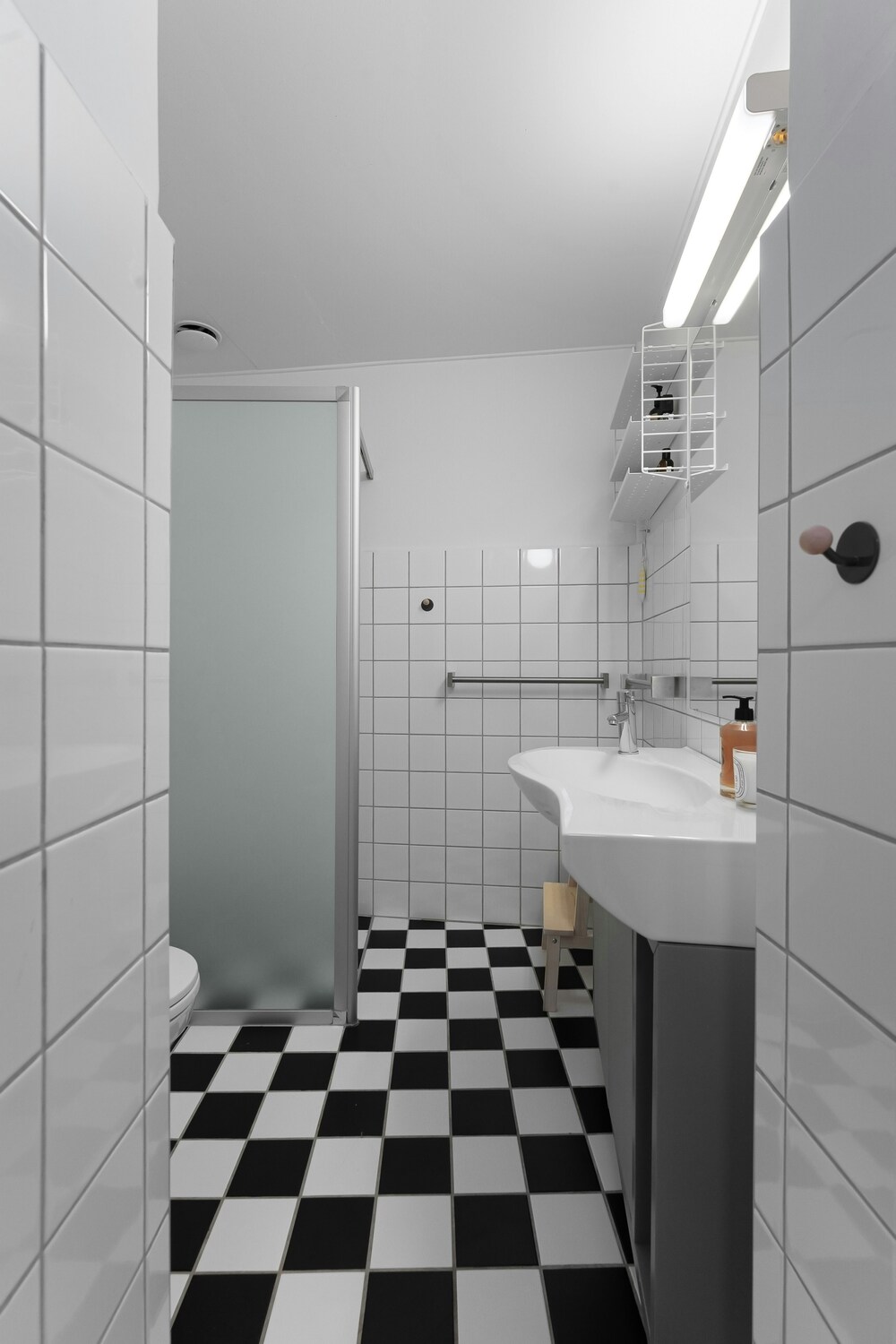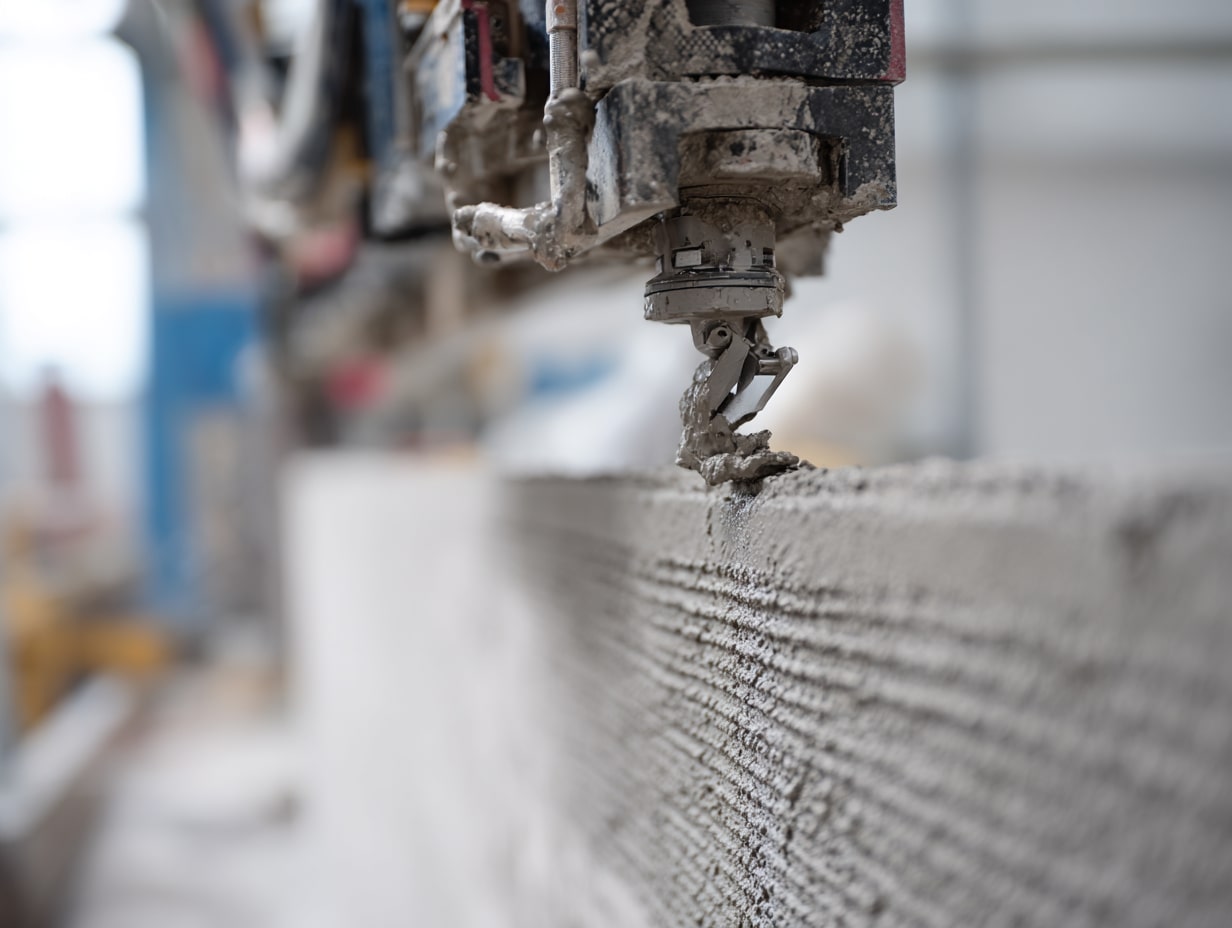- Home
- Articles
- Architectural Portfolio
- Architectral Presentation
- Inspirational Stories
- Architecture News
- Visualization
- BIM Industry
- Facade Design
- Parametric Design
- Career
- Landscape Architecture
- Construction
- Artificial Intelligence
- Sketching
- Design Softwares
- Diagrams
- Writing
- Architectural Tips
- Sustainability
- Courses
- Concept
- Technology
- History & Heritage
- Future of Architecture
- Guides & How-To
- Art & Culture
- Projects
- Interior Design
- Competitions
- Jobs
- Store
- Tools
- More
- Home
- Articles
- Architectural Portfolio
- Architectral Presentation
- Inspirational Stories
- Architecture News
- Visualization
- BIM Industry
- Facade Design
- Parametric Design
- Career
- Landscape Architecture
- Construction
- Artificial Intelligence
- Sketching
- Design Softwares
- Diagrams
- Writing
- Architectural Tips
- Sustainability
- Courses
- Concept
- Technology
- History & Heritage
- Future of Architecture
- Guides & How-To
- Art & Culture
- Projects
- Interior Design
- Competitions
- Jobs
- Store
- Tools
- More
7 Things to Consider When Building a Second-Floor Bathroom

An upstairs bathroom is a great way to enhance the functionality of your second floor, but this home upgrade requires careful planning to ensure safety and efficiency. Unlike bathrooms built on the first floor, a second-floor bathroom demands extra attention, as any leaks or structural issues can cause damage to the rooms below; water pressure is also a concern. Therefore, a thoughtful approach to design and construction is essential to avoid costly mistakes. Here are several key considerations to ensure a successful and durable installation.
Choose the Right Contractors for the Job
While it’s possible to tackle a bathroom installation independently, hiring professional plumbers Dunedin homeowners trust is the best option. A second-floor bathroom presents challenges that require professional expertise, and the specialised skills of expert remodellers ensure both the safety and durability of the project. With their knowledge, they can build a second-floor bathroom that’s structurally sound and without water-related issues. Professionals can also determine whether joists can safely support heavy fixtures, such as bathtubs or large vanities, and recommend necessary upgrades.

Additionally, skilled contractors know how to effectively apply waterproofing, such as sealants, membranes, and moisture barriers. These precautions protect the space below from leaks that could cause extensive damage.
Ensure It’s Located Near Existing Plumbing
The location of an upstairs bathroom has a significant impact on both cost and functionality. Choosing the right spot at the planning stage ensures smoother installation and a more reliable bathroom overall. Ideally, the space must be close to existing water supply and drainage systems. This helps avoid lengthy pipe runs, which can be expensive to install and more prone to leaks or pressure problems. Moreover, proximity to plumbing lines reduces the risk of complicated maintenance, making future repairs or adjustments far simpler.
Add Proper Ventilation
Second-floor bathrooms are particularly prone to moisture build-up. Due to the limited airflow and the concentration of hot water usage in a confined space, humidity can accumulate quickly. This creates damp conditions that affect both surfaces and structural elements, and neglecting these moisture concerns can result in damage to walls, ceilings, and fixtures over time.
Adequate ventilation reduces these risks. Installing a high-quality extractor fan or ensuring windows are positioned to allow airflow helps maintain a healthy environment. When air can circulate properly in the bathroom, it protects the structural integrity of the space and also prevents mould and mildew. By paying attention to airflow and circulation, you can ensure that your upstairs bathroom will be comfortable and durable.

Make Sure the Water Pressure Is Adequate
Plumbing on an upper floor can sometimes struggle with reduced pressure. If multiple bathrooms or appliances are in use simultaneously, it’ll be challenging to get consistent water pressure for showers, taps, and other fixtures located in the second-floor bathroom. Worse, inadequate water pressure can strain your plumbing system, increasing the risk of leaks and premature wear on pipes and fittings.
Ensuring that supply lines are correctly sized can improve flow and maintain steady pressure throughout the bathroom. This also ensures reliable performance for all fixtures, reducing the likelihood of plumbing issues over time. If necessary, installing a water booster system or pump can stabilise pressure, delivering a consistent and comfortable water flow even during peak usage.
Plan for Easy Maintenance Access
Quick access to plumbing and other essential systems is crucial for a second-floor bathroom. Concealed pipes, valves, and junctions should be reachable so that repairs, maintenance, and any future adjustments can be carried out efficiently. Design considerations, such as removable panels and adequate clearance behind fixtures, allow for easy inspection and servicing without requiring major demolition. Another option is strategically placing fixtures or cabinetry to conceal yet provide access to essential systems.

Maximise Bathroom Storage Efficiency
To keep the second-floor bathroom organised and functional, storage solutions are essential. Thoughtful integration of cupboards, shelves, and vanity units ensures that toiletries, towels, and cleaning supplies have a designated place. Built-in or recessed storage can also maximise space without crowding the room. These options keep used items easily accessible when needed, reducing clutter and saving time.
Minimise Noise to Nearby Rooms
Noise from showers, flushing toilets, and running taps can permeate floors, walls, and ceiling cavities, affecting rooms below and nearby spaces. While these sounds are unavoidable, they may disturb occupants and reduce comfort in adjoining spaces. Installing soundproofing measures helps reduce these disturbances. Acoustic insulation between joists or underlay beneath flooring absorbs vibrations and prevents them from transmitting through the structure. Additionally, careful placement of fixtures and attention to material selection can further dampen sound. Quieter taps, soft-close toilet seats, and resilient flooring materials reduce impact and noise from water flow, keeping the upstairs bathroom quieter.
Attention to design, construction, and long-term functionality can make a second-floor bathroom both practical and enjoyable. Careful choices help prevent common issues and create a space that works seamlessly with the rest of the home. With these considerations in mind, you can rest assured that your upstairs bathroom balances comfort, durability, and efficiency, providing a reliable addition for years to come.
illustrarch is your daily dose of architecture. Leading community designed for all lovers of illustration and #drawing.
Submit your architectural projects
Follow these steps for submission your project. Submission FormLatest Posts
How to Furnish Your New Home in 24 Hours (Without Picking Up a Screwdriver)
The keys have been handed over. The lease is signed. You are...
3D Printed Homes: Time, Cost, and What to Expect
3D printed homes explained: realistic timelines (24–72h walls, 8–16 weeks total), true...
How a Contact Centre Boosts Trust in Your Building Business
In construction, trust is the glue that holds projects together. Clients need...
How Real Time Parcel Geolocation Is Redefining Last Mile Efficiency for Modern Businesses
Last mile delivery has become the most critical point in the customer...












Leave a comment